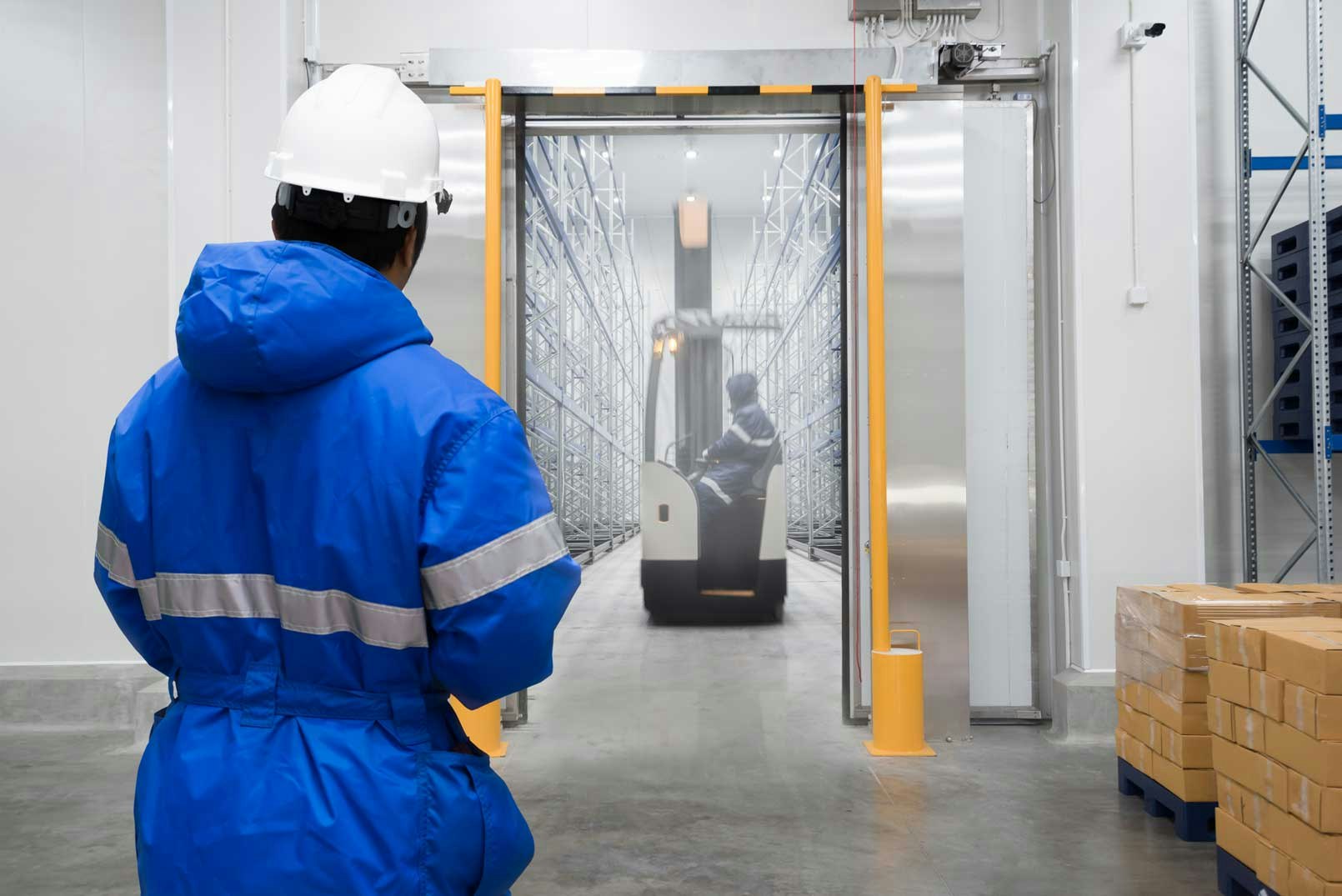When does a consignment warehouse make sense?

Every entrepreneur must find solutions to increase customer satisfaction and sales, while saving costs and minimizing capital lockup. A consignment warehouse can be a valuable element in the planning of a company's success. So what exactly is a consignment stock? A consignment warehouse is a warehouse of goods or parts that is set up by the supplier (consignor) in the immediate vicinity or even on the premises of a customer (consignor) in order to ensure fast delivery to the consignor, especially for urgently or frequently required parts (fast-moving items, high sellers). It is important that the supplier remains the legal owner of the goods until the customer removes the goods from the warehouse. The withdrawal simultaneously triggers the purchase procedure and the transfer of ownership to the consignors, unless there is a reservation of ownership, e.g. "until full payment" on the part of the supplier.
Advantages of a consignment warehouse
One of the decisive advantages is that the goods are always at hand and the delivery time for the end customer is greatly reduced. This naturally increases the satisfaction of the end customers. Often, fast delivery is also a sales argument that can be used to increase sales. At the same time, the consignor saves the investment costs for his own warehouse or parts warehouse, including the shelving system. In addition, the supplier is responsible for inventory management and quality assurance of his goods. If, for example, there are changes to the design or technical aspects, the supplier must replace the affected parts at his own expense. The same applies to articles with a best-before date (e.g. foodstuffs). If the expiration date is exceeded, the supplier must also replace the affected goods here. Of course, both the supplier and the consignor must have access to the data of the warehouse management system or ERP system. For the consignor, this type of parts procurement is very easy to calculate in terms of costs.
Disadvantages of a consignment warehouse
A disadvantage for the customer, but an advantage for the supplier, is the loyalty created by the consignment warehouse. Since the supply contract is concluded for a longer period of time, the customer cannot simply switch to another supplier who, for example, offers a lower price or better quality. Price increases may therefore have to be swallowed. Here a special disadvantage exists, if the consignor misses to compare and negotiate constantly the price of other suppliers by the connection. In addition, the customer also gives complete control over the parts stocks. In other words, he must be able to absolutely trust the supplier. The supplier uses its own employees or software at the customer's premises to ensure that the parts are reordered. The purchase order is triggered when a certain minimum quantity is reached. Of course, it is important that all parts are correctly captured during removal, e.g. by scanning the barcodes or reading the RFID tags. A disadvantage for the supplier is the higher capital commitment - especially if he operates several consignment warehouses for different customers.
Application and special features
A consignment stock for consumables, wear parts and spare parts is often chosen. These can be frequently required components as well as common auxiliary or operating materials ("C-parts"). The introduction also makes sense for particularly expensive parts with fluctuating requirements, since the expiration risk lies with the consignee. If the registered offices of the supplier and the consignor are located in different countries within the EU, different tax regulations (e.g. VAT) may have to be observed. If the customer's registered office is in a third country outside the EU, additional customs requirements may play a role in the delivery.
Special form: Supplier Logistics Centre (LLZ)
Large customers who require many individual parts, which in turn have to be delivered by various consignees, often set up an LLZ. Think, for example, of a vehicle manufacturer that accommodates separate areas for each consignment in a hall. Each consignment is responsible for inventory management and quality control of the respective warehouse area and its parts (wheels, electronic components, etc.) as described above. This allows the manufacturer to concentrate solely on the production of the vehicles.
Alternatives to consignment stock
Kaizen methods, such as Just-In-Time (JIT) delivery of components, Kanban, etc., can reduce warehousing to a minimum. However, there is a high risk of production downtimes with JIT deliveries. The Kanban principle is a decentralized production control that leads to lean warehousing and JIT logistics. Production sends a signal to the upstream production stage that new components are needed. For example, an empty container with an order card for a specific component is sent to the lean warehouse and a full container is taken back with it. The parts warehouse now knows that this item must be reordered in a certain quantity and sends this purchase order to the source (the supplier). The customer fulfills the order and delivers the required quantity of the corresponding component to the Lean warehouse. The kanban card therefore serves as an order card for production, which triggers a specific production order or resonance wave that runs from production to the source.
With Vendor Managed Inventory (VMI), the seller of the item or the manufacturer manages the customer's warehouse. This provides electronic data such as sales, stock levels, etc.. The vendor is then responsible for stock planning and inbound delivery of articles. He also generates the purchase order. The main advantages are cheaper lot sizes and low stock levels at the customer.


